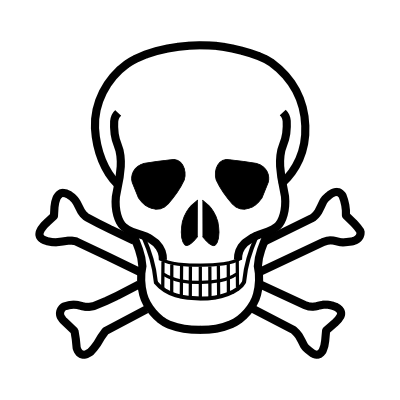Featured Parts:Cell Death
Contents
The Parts
BBa_P1010 The part containing the ccdB ("Death") gene. Comes in various plasmids with different resistance (amp, amp/kan, etc) flavors.
Suggested Uses for these Biobricks
Use plasmids with ccdB to change your construct's host plasmid vector
Experimental and Technical
Once you've transformed your plasmids into a cell, it's hard to figure out which clones have actually been successful in acquiring the new DNA without checking invidividual colonies.
To aid you in selecting for these successful clones, we've included three variants of the P1010 biobrick each of which features both the Amp, Kan, and Amp/Kan resistant plasmids as well as the ccdB gene. This gene is currently housed between the biobrick restriction sites within a cell host (DB3.1) which tolerates the gene's presence. However, should this plasmid containing the ccdB gene be transformed into a cell type of a different strain (ie. DH10B), the gene would cause cell death.
Thus you could take the P1010 cells from the last shipment, purify the plasmids restrict at the biobrick restriction sites, ligate in your gene, transform into a DH10B cell line, and the successful cells will have the ccdB gene cut out, and thus will live. On the other hand, all of the cells which were never restricted to begin with or which re-ligated with the ccdB inserts, will die within the DH10B cell line after transformation. Thus you will have only successful clones surviving on your plate!
Since you will be restricting out the ccdB gene in order to insert your new gene of interest, the ccdB gene will no longer be part of the plasmid, and you won't have to worry about its presence interfering with any of your future experiments.
More Information/References
- "Interactions of CcdB with DNA gyrase. Inactivation of Gyra, poisoning of the gyrase-DNA complex, and the antidote action of CcdA." Bahassi, et al. 1999 J. Biol. Chem. 274: 10936-10944 [http://www.ncbi.nlm.nih.gov/entrez/query.fcgi?cmd=Retrieve&db=pubmed&dopt=Abstract&list_uids=10196173&query_hl=2&itool=pubmed_ExternalLink Pubmed]

